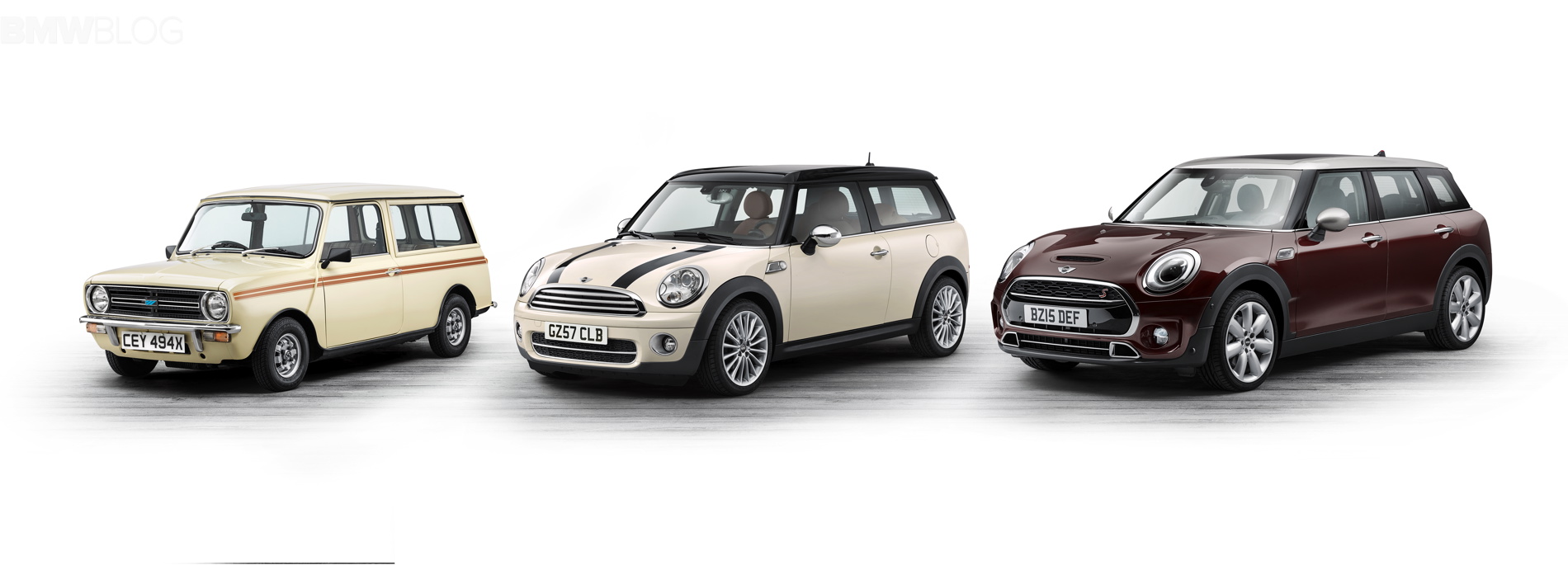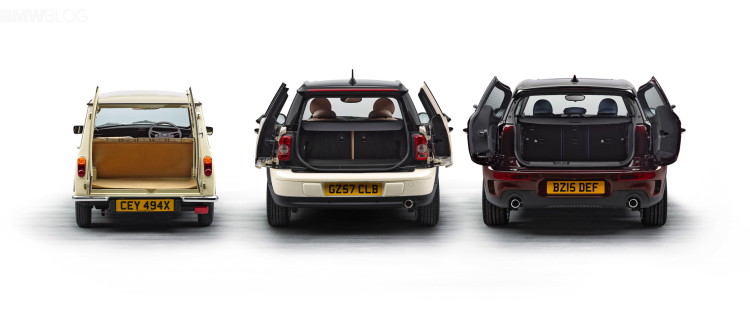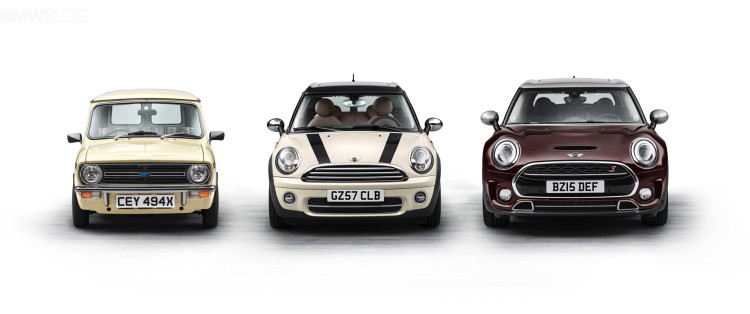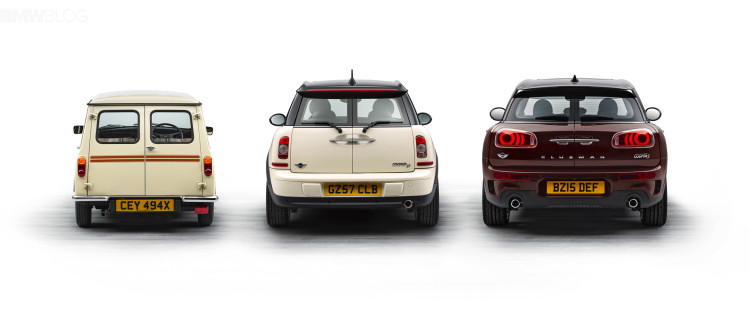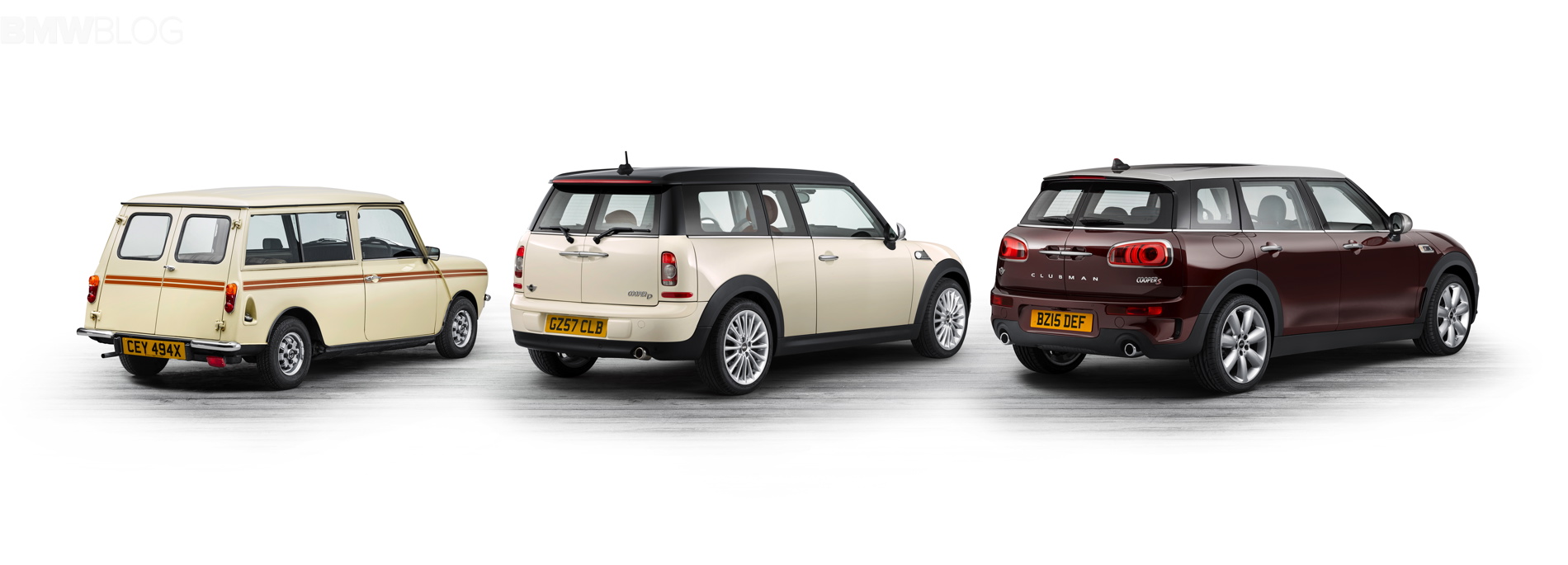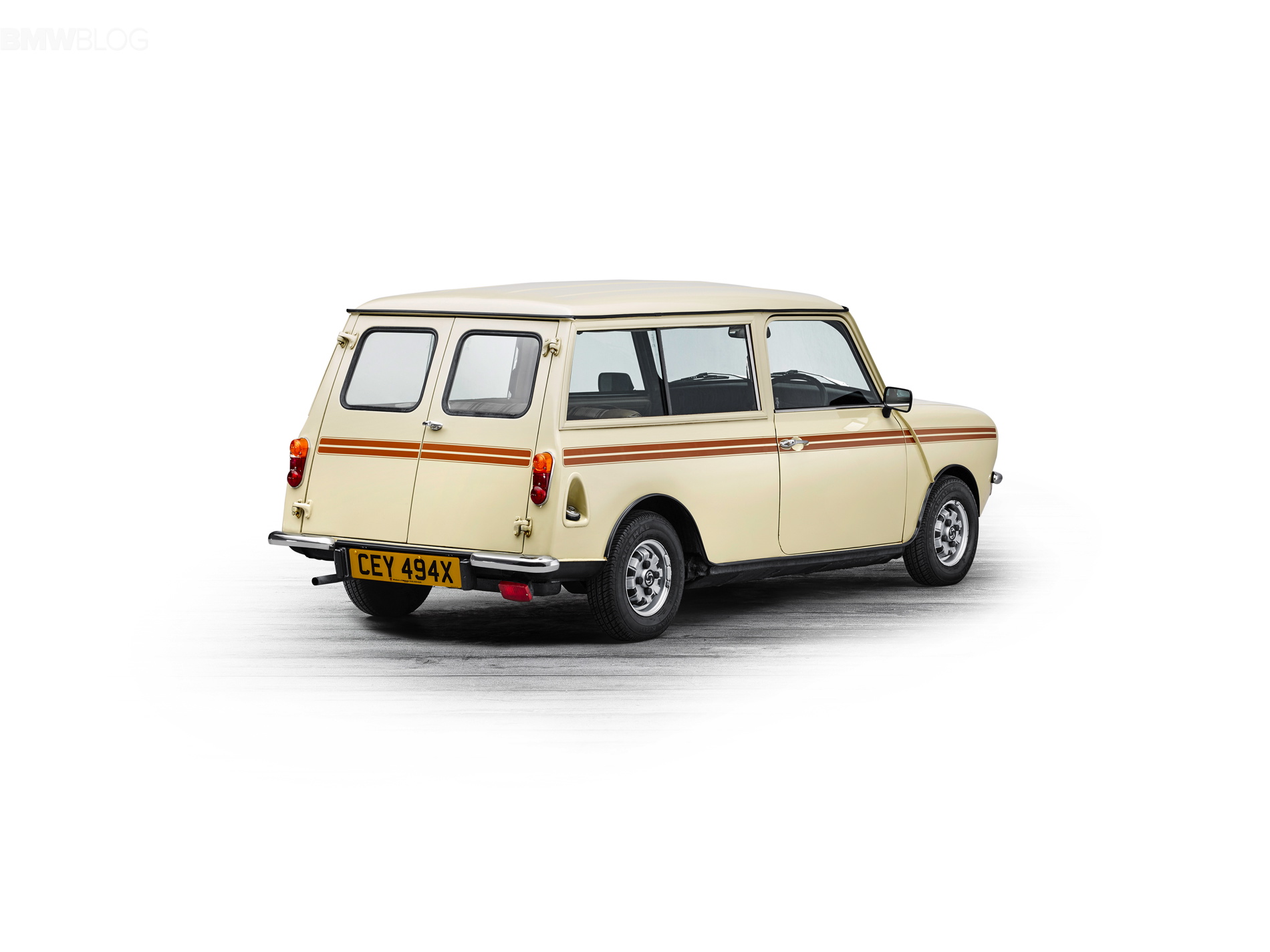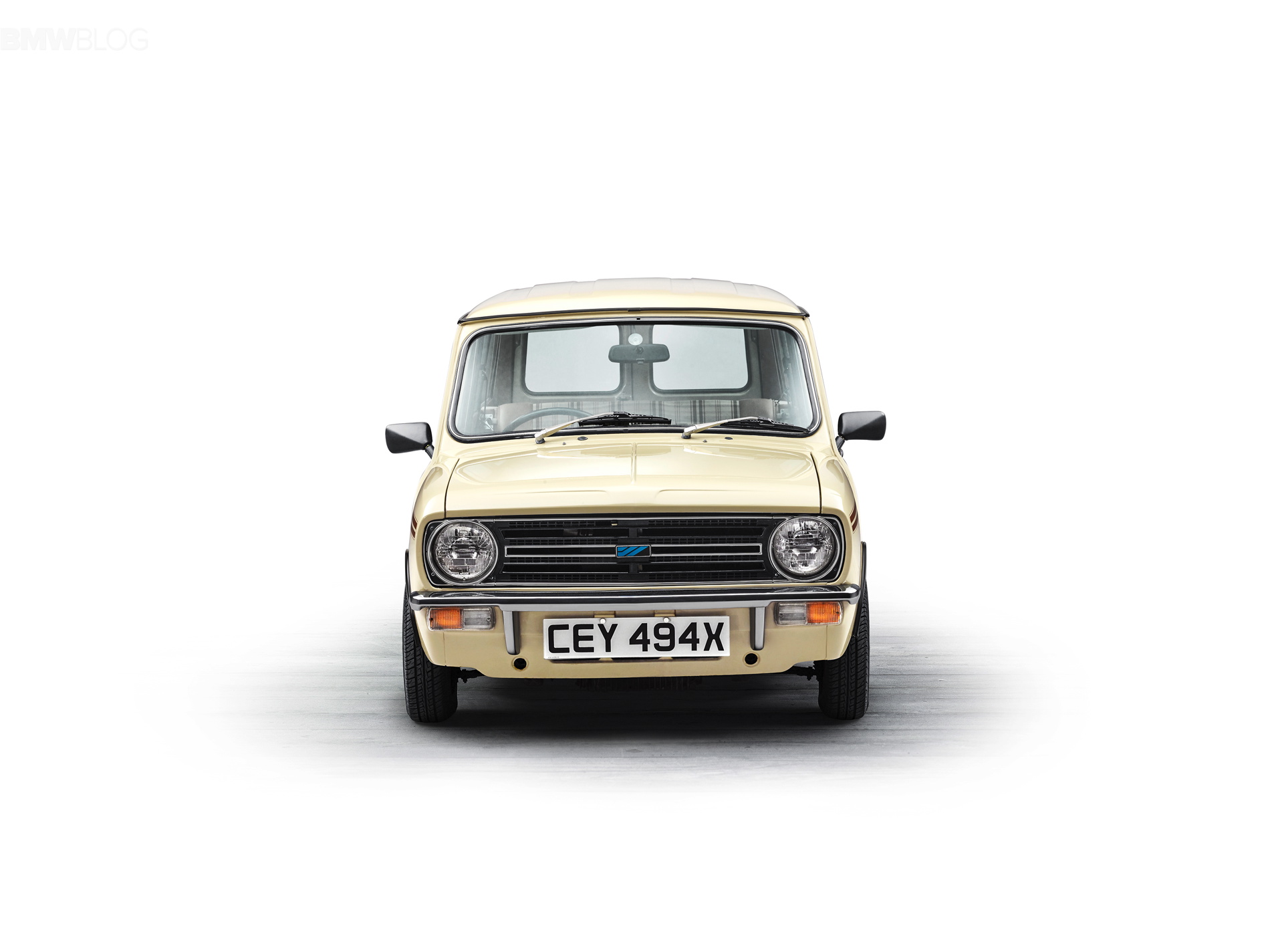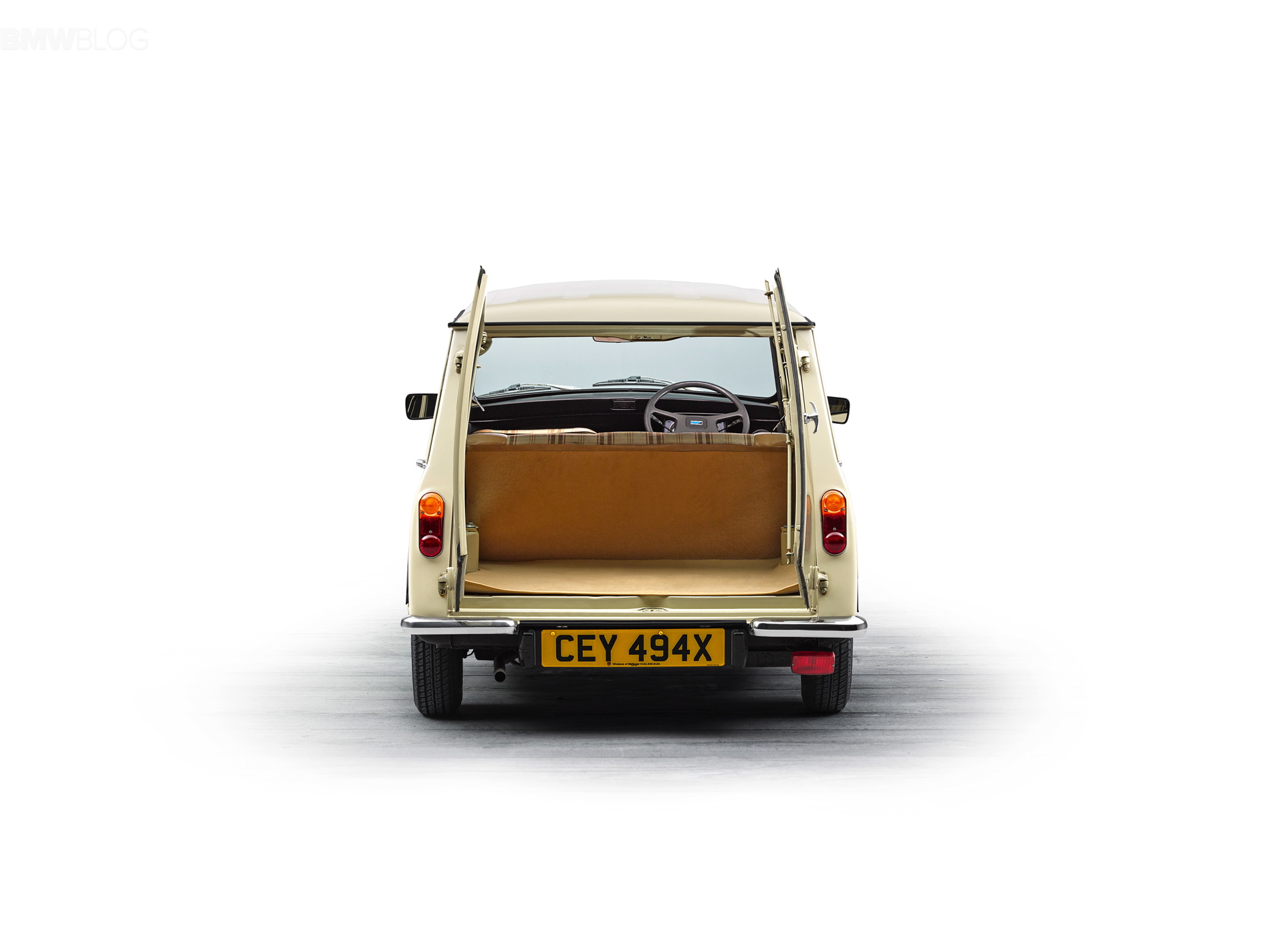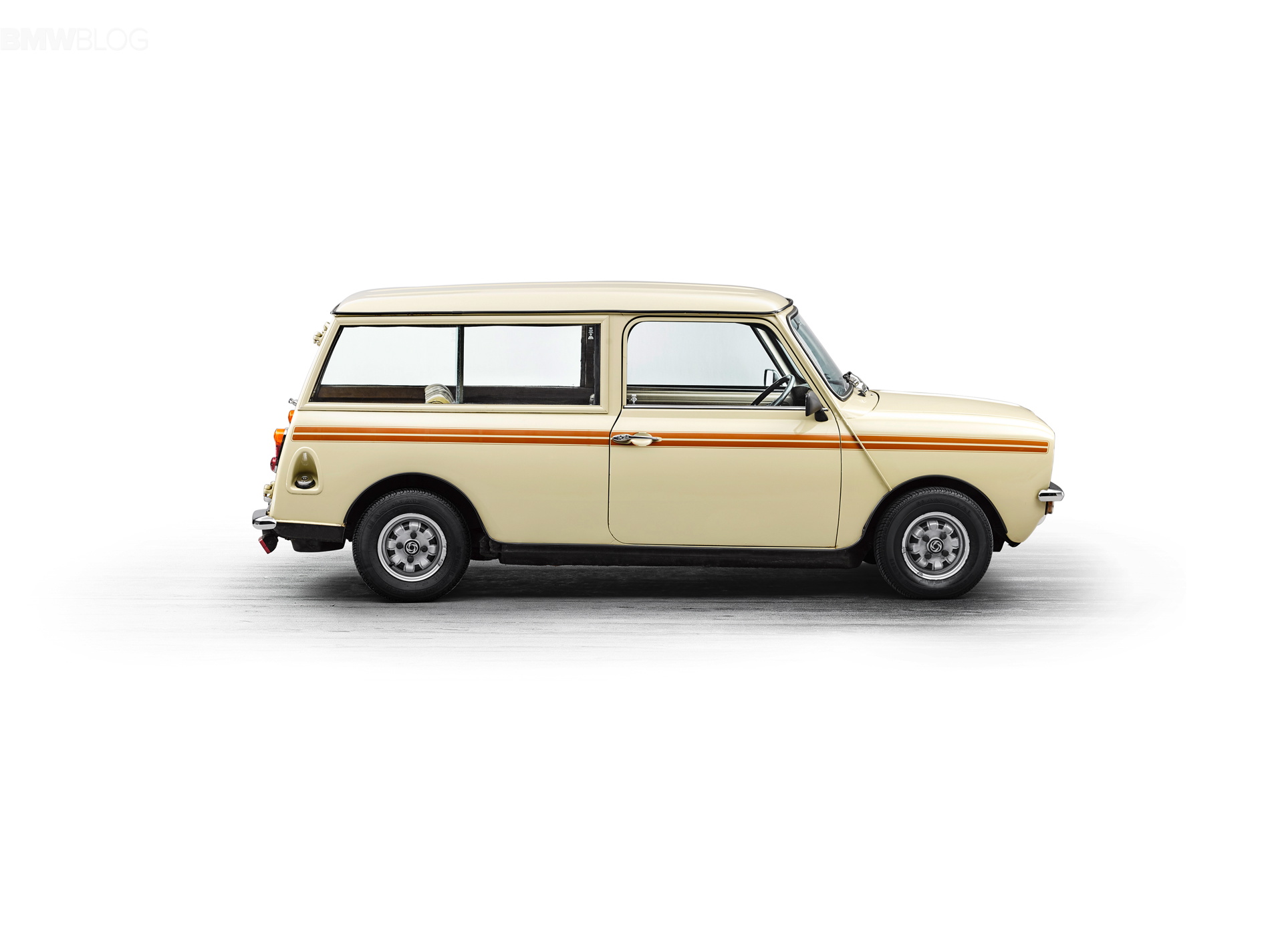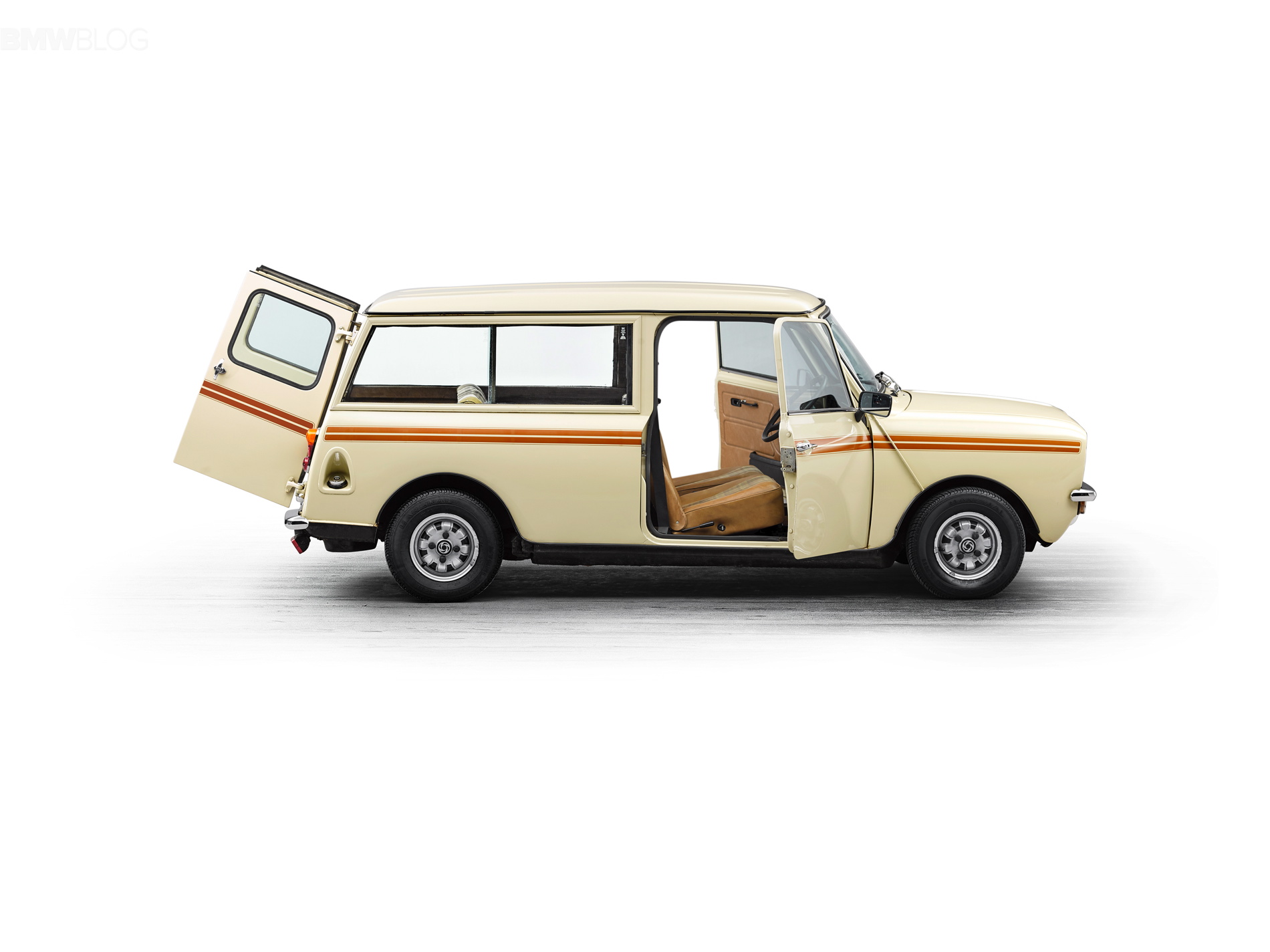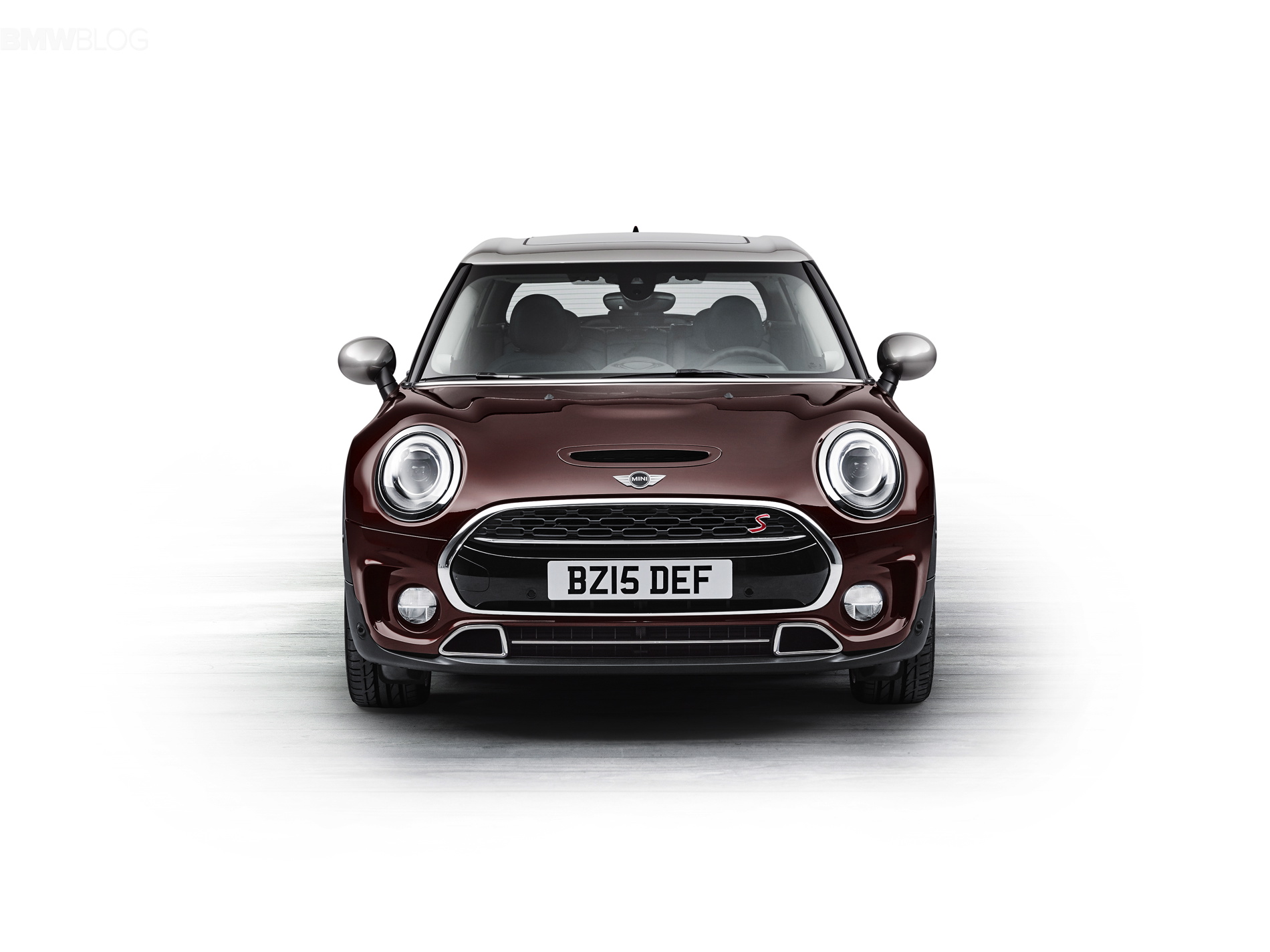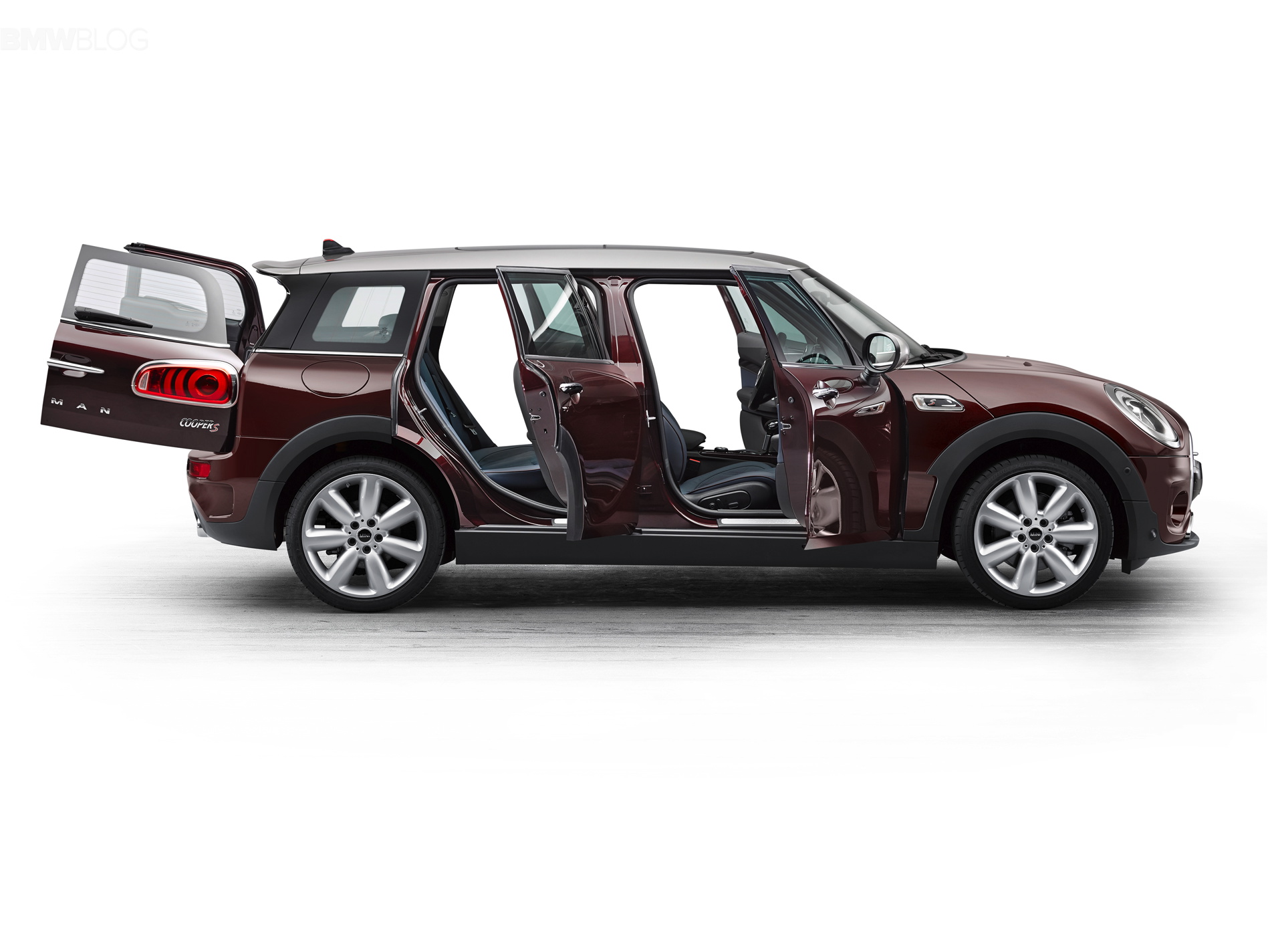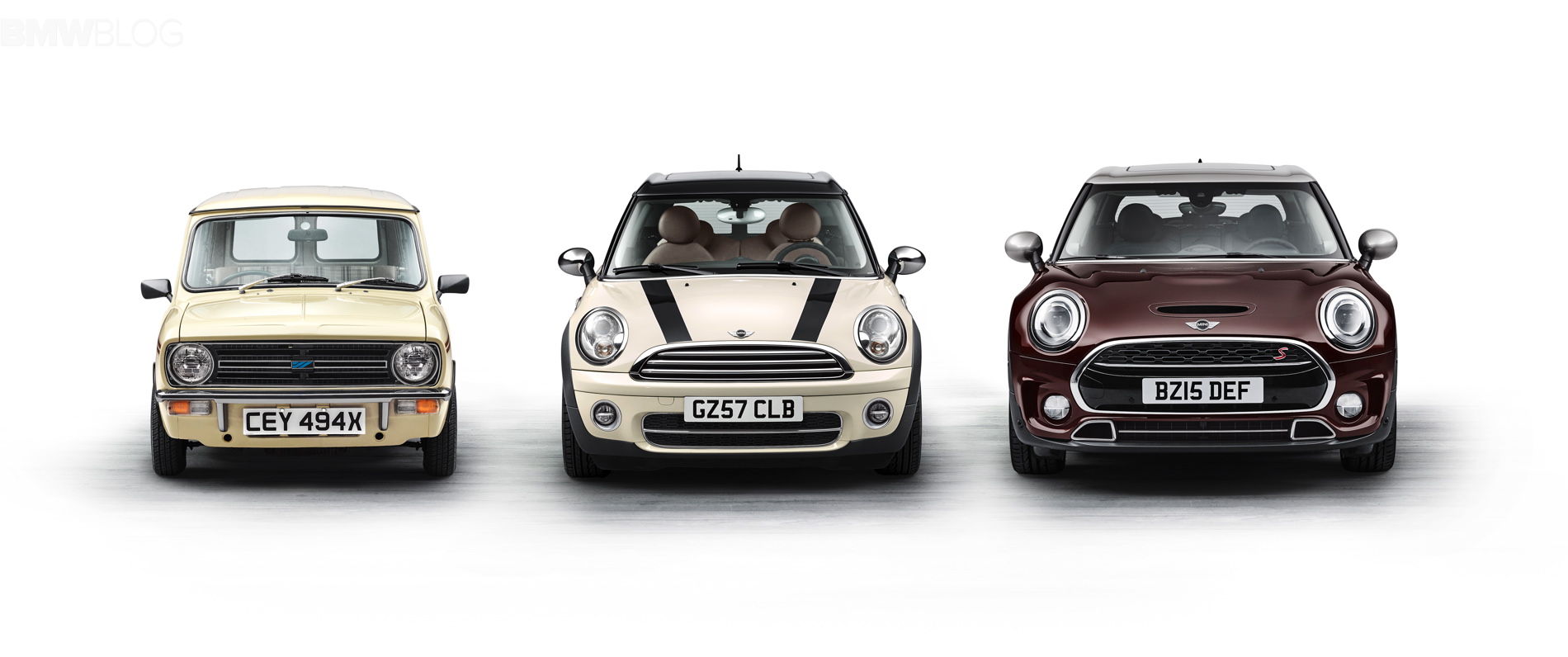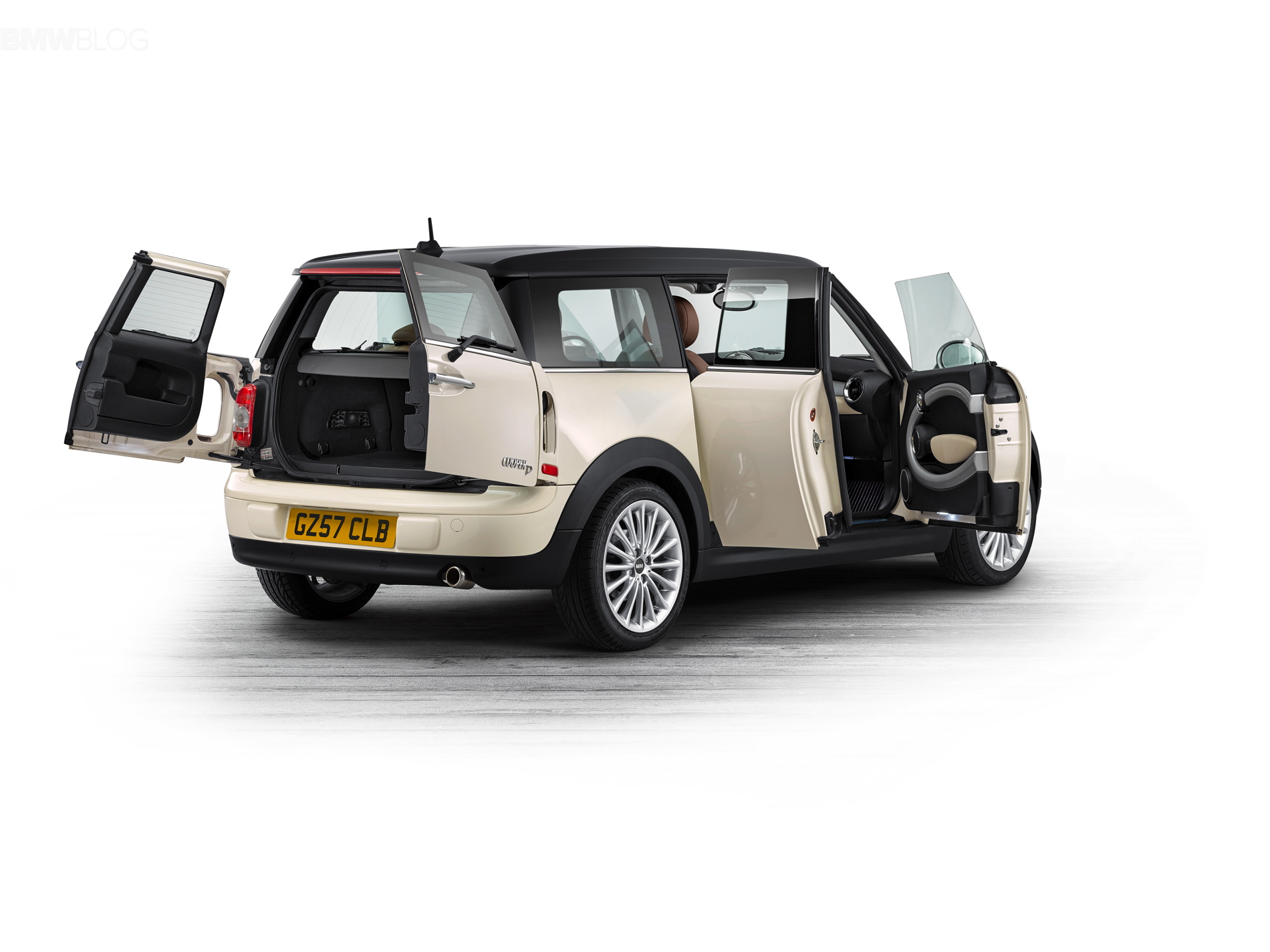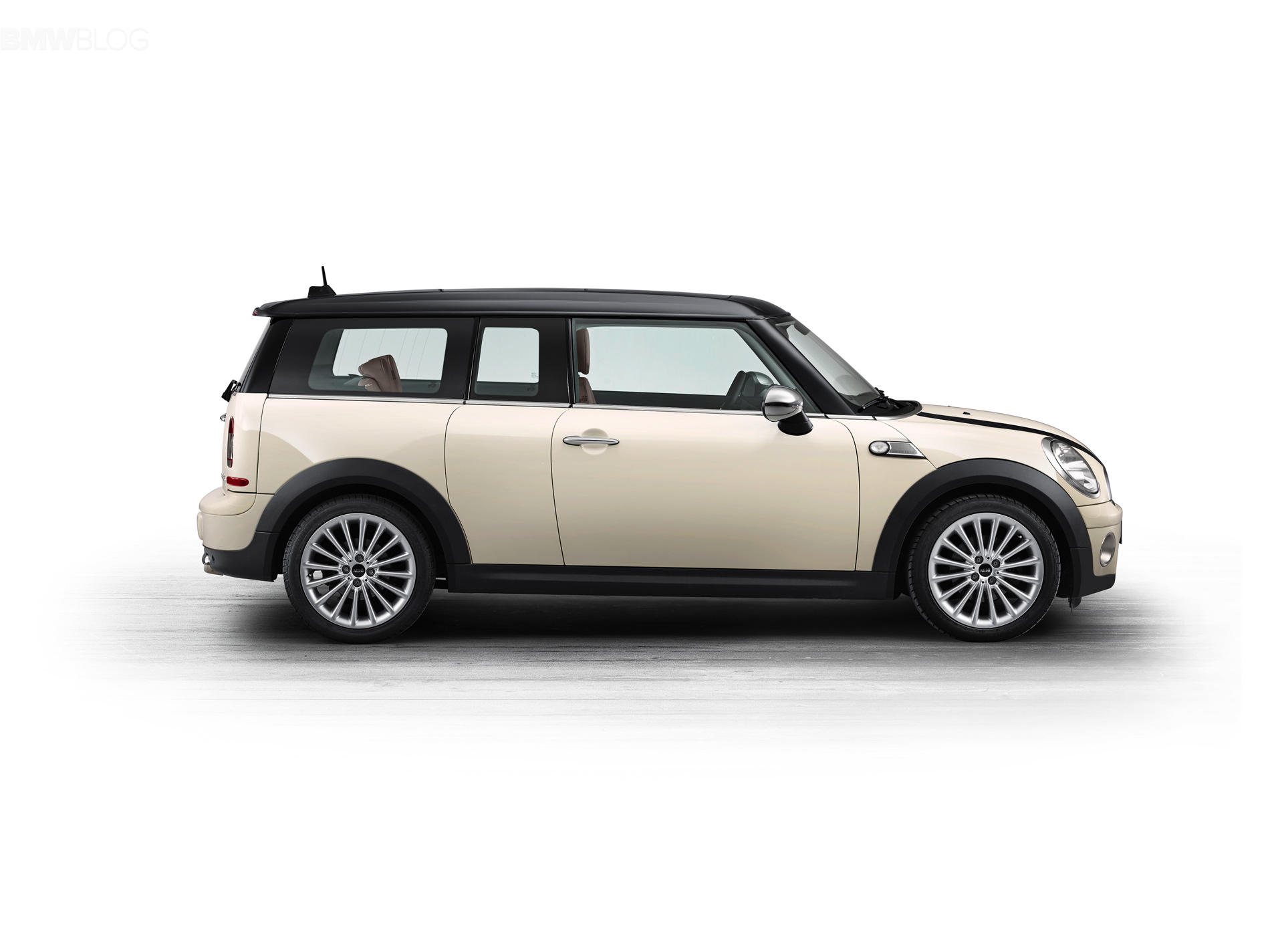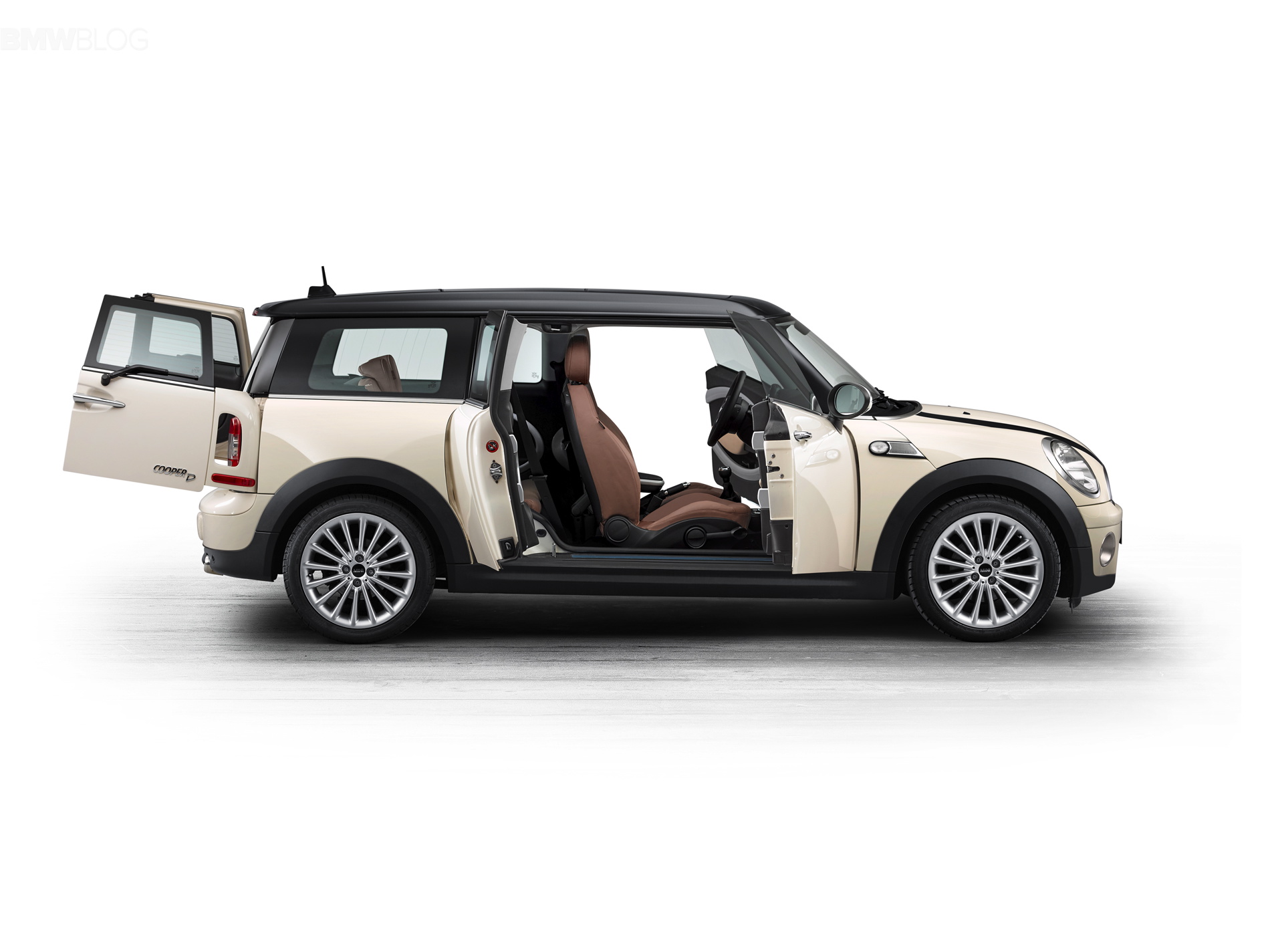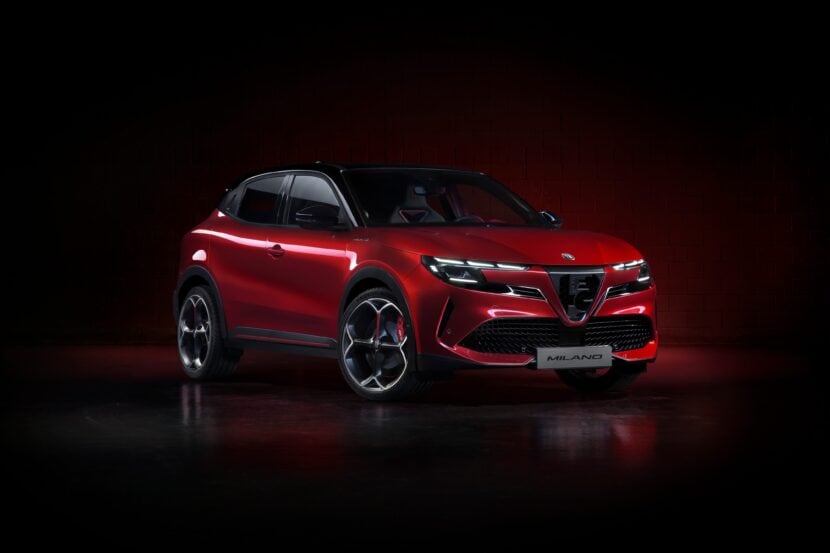In 1969, under the ownership of British Leyland, the Mini was given a facelift by stylist Roy Haynes. The restyled version was called the Mini Clubman and was intended to replace the upmarket Riley and Wolseley versions. The first generation was only 3.4 meters long, while the second generation introduced in 2007 had a total length of approximately 3.95 meters.
Historically, the Clubman features access to its cargo volume via bi-parting rear doors, also known as barn doors or Splitdoor and all Clubmans feature a pair of bi-parting side doors, marketed singlarly as the Clubdoor, which are always located on its right side of the bod.
But now, in its third-generation, the F54 Clubman abandons the sub-compact league and moves up the premium compact class: it is 4.25 meters long, with a luggage capacity equipped up to 1,250 liters and no less than six doors.
Also with regards to engine performance and efficiency, the new MINI Clubman reached a new level, with a combination of highly-efficient three- and four-cylinder engines producing 136 to 192 hp. The lowest consumption is provided by the MINI Cooper D Clubman which consumes only 4.1 liters in the EU cycle, despite an output of 150 hp.
Modern equipment options and assistance systems, such as active cruise control, rear-end people warning, head-up display, reversing camera or full LED headlights were unimaginable 55 years ago, but are now considered almost standard features in the automotive industry.
Over 400,000 Clubmans were sold worldwide, and the expectations are that the new MINI F54 will provide additional momentum and increase the success of the practical Clubman.


